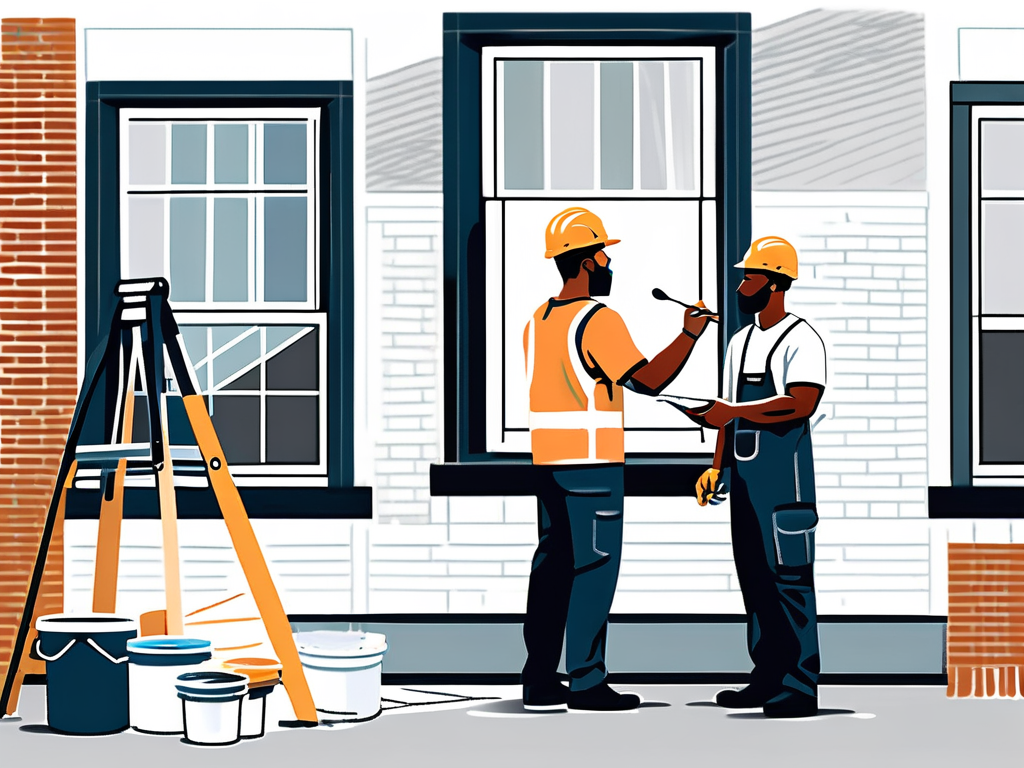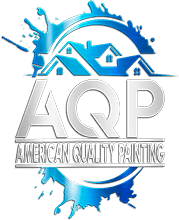Commercial painting is a vital aspect of maintaining and improving the aesthetic and functional value of a business’s property. In Columbus, businesses ranging from retail stores to administrative offices can significantly benefit from professional painting projects. This article outlines the essential considerations, steps, and factors involved in commercial painting projects, providing business owners with the knowledge they need to navigate this process effectively.
Understanding Commercial Painting
Commercial painting encompasses a wide range of services specifically tailored for businesses, excluding residential projects. This type of work often includes interior and exterior painting for office buildings, warehouses, retail establishments, and more.
Defining Commercial Painting
Commercial painting is defined not only by the scale of the project but also by the professional execution of painting tasks that meet specific industry standards. This includes the use of high-quality materials designed to withstand wear and tear, proper safety protocols, and adherence to regulations that govern commercial properties.
Additionally, commercial painting may involve specialized techniques, such as applying coatings that are resistant to chemicals or providing finishes that enhance durability in high-traffic areas. These techniques are particularly important in environments like hospitals or laboratories, where cleanliness and resistance to harsh substances are paramount. The choice of paint can also impact the indoor air quality, making it crucial for businesses to select low-VOC (volatile organic compounds) options that contribute to a healthier workspace.
Importance of Commercial Painting for Businesses
Investing in commercial painting is essential for several reasons. Firstly, it increases the visual appeal of a business, attracting customers and enhancing the first impressions of potential clients. A well-maintained exterior reflects positively on a brand’s image. Furthermore, the color scheme and design can be strategically chosen to align with the brand’s identity, creating a cohesive look that resonates with the target audience.
Moreover, regular painting maintenance helps protect the building’s structure from weather-related damage, thereby prolonging the life of exterior materials and reducing long-term repair costs. This proactive approach not only saves money but also minimizes disruptions to business operations that can occur due to extensive repairs. Additionally, a fresh coat of paint can rejuvenate the interior spaces, fostering a more productive environment for employees and enhancing their overall morale. In industries where employee satisfaction is linked to productivity, such as creative fields, the impact of a well-painted workspace can be significant.
Steps Involved in a Commercial Painting Project
Understanding the systematic steps involved in a commercial painting project prepares business owners for what to expect and ensures a smooth execution of the project.
Initial Consultation and Planning
The first step in any commercial painting project involves an in-depth consultation with the chosen painting contractor. During this phase, various factors are assessed, including the condition of existing surfaces, paint color selection, and any specialized requirements.
Planning is critical as it establishes timelines, budget estimates, and the mutual expectations of the client and contractor. An effective plan also includes scheduling work during hours that minimize disruptions to business operations. This may involve working during off-peak hours or weekends, which can be particularly important for businesses that rely heavily on foot traffic or customer interaction. Additionally, the contractor may provide samples or swatches to help visualize how different colors will look in the space, ensuring that the final choice aligns with the brand’s identity and the desired atmosphere.
Preparing the Workspace
Preparation is crucial to the success of a commercial painting project. Before any paint is applied, the workspace must be cleaned and prepped. This includes moving furniture, covering floors and fixtures, and making necessary repairs to walls or surfaces.
The contractor should also ensure that all safety measures are in place, such as proper ventilation and the use of appropriate personal protective equipment (PPE), to safeguard both workers and the business environment. Furthermore, this phase may involve conducting a thorough inspection for any underlying issues, such as mold or water damage, which could compromise the integrity of the paint job. Addressing these problems beforehand not only enhances the longevity of the paint but also protects the health and safety of everyone in the building.
The Painting Process
During the actual painting process, professionals employ various techniques to ensure a uniform finish and use high-quality paints that are appropriate for the type of surfaces. It is imperative that multiple coats may be applied where necessary, to achieve the desired coverage and durability.
Attention to detail is crucial during this phase, as the quality of finishing touches can significantly impact the overall appearance and longevity of the paint job. This may include careful edging, the use of specialized tools for intricate designs, and ensuring that all surfaces are evenly coated. Additionally, contractors often utilize advanced technology, such as spray painting equipment, to achieve a flawless finish on larger areas, reducing the time required for completion while maintaining high standards of quality.
Post-Painting Clean-up and Review
The final steps involve cleaning up the workspace and conducting a thorough review of the work completed. Contractors typically ensure that any paint spills or debris are removed, restoring the area to its original state.
A walkthrough with the client is essential to confirm satisfaction with the job, addressing any concerns or touch-ups that may be necessary. This stage is vital to ensuring that the quality of work meets clients’ expectations. Moreover, contractors often provide maintenance tips and recommendations for the care of the newly painted surfaces, helping clients understand how to preserve the investment made in their space. This ongoing relationship can be beneficial for future projects or maintenance needs, fostering a sense of trust and reliability between the contractor and the business owner.
Choosing the Right Commercial Painting Contractor
Selecting the right contractor is a significant decision that can affect the project’s outcome. Here are some considerations to help in the selection process:

Factors to Consider When Hiring
Business owners should seek contractors that have a solid reputation in the community, verified credentials, and a portfolio of past work that demonstrates their capabilities. Additionally, it’s essential to consider contractors who offer warranties or guarantees, assuring quality and satisfaction.
Another key factor is experience; opting for contractors who specialize in commercial painting can ensure they possess the expertise necessary to address specific business needs.
Questions to Ask Potential Contractors
Before settling on a contractor, business owners should ask a series of critical questions, such as:
- What are your insurance and licensing credentials?
- Can you provide references or testimonials from previous clients?
- What is your estimated timeline for completion?
- How do you handle project changes or issues that arise during painting?
These inquiries help clarify expectations and ensure that the selected contractor aligns with the business’s needs.
Legal and Safety Considerations in Commercial Painting
Commercial painting projects must adhere to various legal and safety standards to protect both the workers and the business. Understanding these aspects can prevent potential liability issues.
Necessary Permits and Licenses
Depending on the size and nature of the project, specific permits may be required before work begins. It’s crucial to verify that the contractor possesses the necessary licenses to operate legally in Columbus.
Ensuring compliance with local regulations is essential, as failing to do so may result in fines or project stoppages.
Safety Measures and Regulations
Safety measures are paramount in commercial painting environments. Contractors must follow OSHA guidelines, ensuring that workers are equipped with the right safety gear and that the work area is properly monitored for hazards.
Regular training on safety protocols can minimize risks and contribute to a smooth workflow, ultimately protecting the business and its employees.
Cost and Time Estimates for Commercial Painting Projects
Business owners should be prepared for the financial and time commitments required in commercial painting projects. Having a clear understanding of these elements is critical for budgeting purposes.
Factors Influencing Cost
The overall cost of a commercial painting project can vary significantly based on factors such as the size of the area to be painted, the complexity of the job, and the quality of materials used. Additional costs may arise from necessary repairs or the need for specialized equipment.
Getting multiple estimates from different contractors can provide businesses with insights into fair pricing and help them make informed decisions.
Understanding Timeframes for Completion
Timeframes for project completion can vary depending on the scale and nature of the work involved. For instance, larger buildings may require more time to prepare, paint, and clean up.
Communicating expected timelines with the contractor upfront can minimize frustration and help business owners plan around potential disruptions during their operation.
In summary, understanding the process and considerations involved in commercial painting projects is crucial for Columbus businesses. By following these guidelines, business owners can ensure a successful painting experience that enhances their commercial space and supports their brand image.

